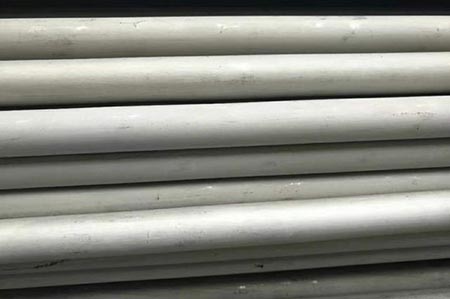What is SCH 10 pipe used for?
SCH 10 pipe, short for Schedule 10 pipe, is a type of steel pipe commonly used in various industrial and commercial applications. This pipe is characterized by its relatively thin wall thickness compared to other schedule numbers, which makes it lighter and more cost-effective for certain uses. Here's a comprehensive look at what SCH 10 pipe is used for:
1. Process Piping Systems:
SCH 10 pipe is frequently employed in process piping systems across various industries. These systems are responsible for transporting fluids, gases, and sometimes slurries within industrial facilities. The thin walls of SCH 10 pipe make it suitable for low-pressure applications where the transported materials are not corrosive or abrasive.
2. Fire Protection Systems:
One of the most common uses of SCH 10 pipe is in fire sprinkler systems. Its thin walls allow for easier installation and reduced overall weight of the system. SCH 10 pipe is approved by the National Fire Protection Association (NFPA) for use in fire protection systems, making it a popular choice in both commercial and industrial buildings.
3. HVAC Systems:
Heating, Ventilation, and Air Conditioning (HVAC) systems often utilize SCH 10 pipe for various components. It's particularly useful in chilled water lines and condenser water lines where high pressure ratings are not required. The lightweight nature of SCH 10 pipe makes it easier to install in ceiling spaces and other confined areas typical in HVAC installations.
4. Low-Pressure Steam Systems:
In some cases, SCH 10 pipe is used for low-pressure steam systems. However, it's crucial to note that this application is limited to very low-pressure scenarios, as SCH 10 pipe is not suitable for high-pressure steam due to its thin walls.
5. Structural Applications:
While not as common as its use in piping systems, SCH 10 pipe can be used in certain structural applications. Its lightweight nature makes it suitable for handrails, light-duty support structures, and some types of scaffolding.
6. Irrigation Systems:
In agricultural and landscaping applications, SCH 10 pipe may be used for irrigation systems. Its corrosion resistance (when made from stainless steel) and relatively low cost make it an attractive option for transporting water in these scenarios.
7. Food and Beverage Industry:
Stainless steel SCH 10 pipe is often used in the food and beverage industry for transporting non-abrasive liquids. Its smooth interior surface helps maintain hygiene standards and facilitates easy cleaning.
8. Chemical Processing:
In some chemical processing applications where corrosive materials are not an issue and pressures are low, SCH 10 pipe can be a cost-effective solution for fluid transport.
9. Offshore Oil and Gas:
In the offshore oil and gas industry, SCH 10 pipe is sometimes used for utility systems and other non-critical applications where weight savings are important.
10. Decorative and Architectural Uses:
Due to its sleek appearance, especially when made from stainless steel, SCH 10 pipe is occasionally used for decorative or architectural purposes in modern building designs.
It's important to note that while SCH 10 pipe has many applications, it's not suitable for all situations. Its thin walls mean it has lower pressure ratings compared to pipes with higher schedule numbers. Engineers and designers must carefully consider factors such as operating pressure, temperature, and the nature of the transported materials when deciding whether SCH 10 pipe is appropriate for a given application.
Additionally, the material of the SCH 10 pipe (e.g., carbon steel, stainless steel, or other alloys) will also influence its suitability for specific uses. For instance, stainless steel SCH 10 pipe offers better corrosion resistance and is often preferred in food processing and certain chemical applications.
In conclusion, SCH 10 pipe's versatility, cost-effectiveness, and lightweight nature make it a popular choice across various industries. However, its use should always be carefully evaluated against the specific requirements of each application to ensure safety and efficiency.
Previous: >> What is the pressure rating for Schedule 10 316 stainless steel pipe? Next: >> Can 304 Stainless Steel Tubing and Stainless Steel Pipe Schedule 40 Meet Your Needs?







